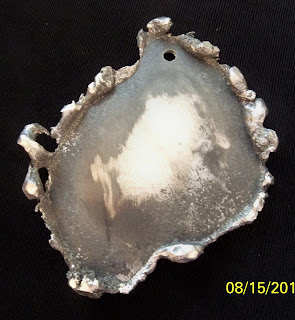The orange and gold kinetic sculpture is now on display on Monroe Avenue across the street from the Amway Grand Plaza.
Find your name on the sculpture and see how it moves with the human touch.
The message is about people losing out on face to face interaction because of this modern era of communication. Are we just plain lazy or is the need not there?
The sculpture is made of metal and turns on a base plus moves at the elbows, wrists and neck. The face and hands are cast from a live model so they look realistic but the rest of the body is a tangled mass of metal strips.
Find your name on the sculpture and see how it moves with the human touch.
The message is about people losing out on face to face interaction because of this modern era of communication. Are we just plain lazy or is the need not there?
The sculpture is made of metal and turns on a base plus moves at the elbows, wrists and neck. The face and hands are cast from a live model so they look realistic but the rest of the body is a tangled mass of metal strips.


















































